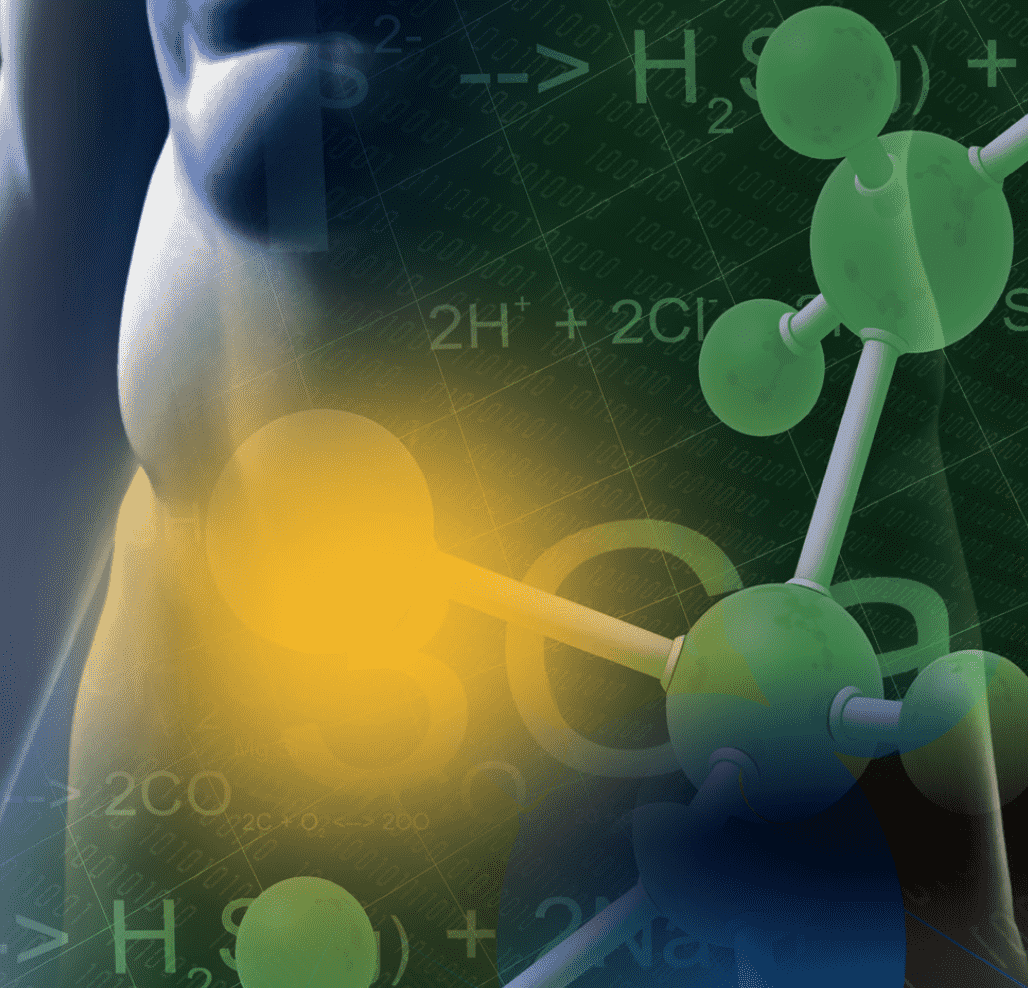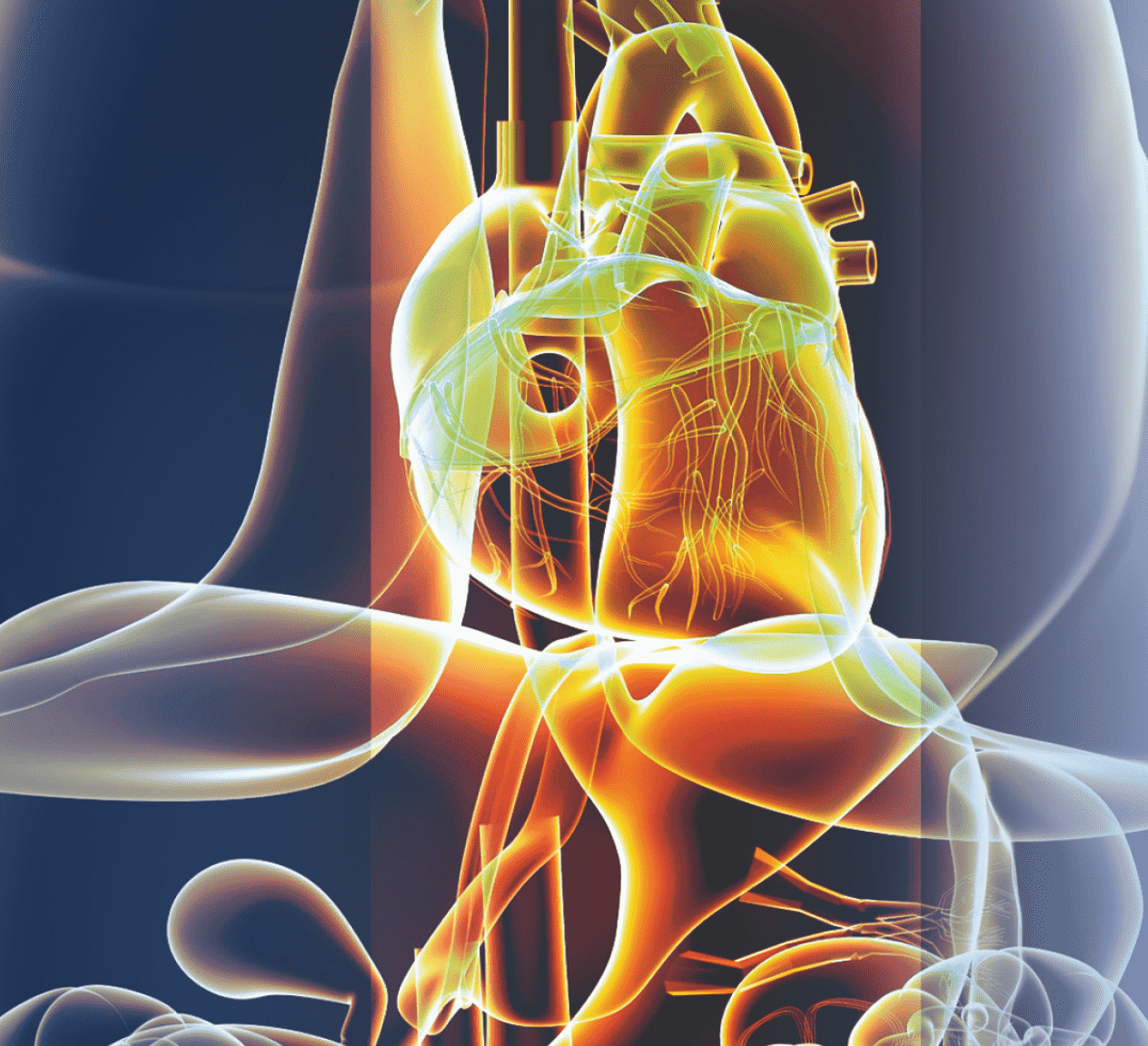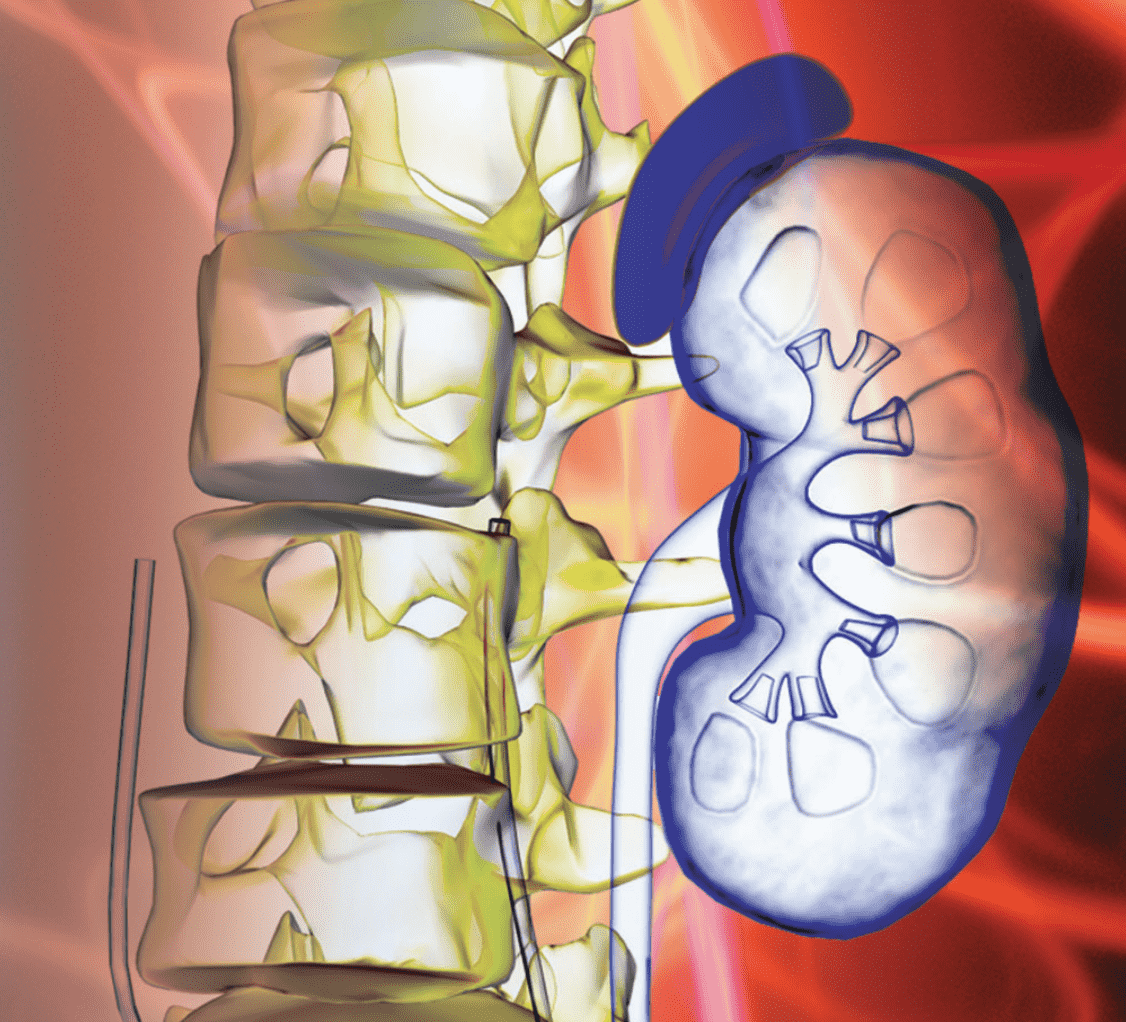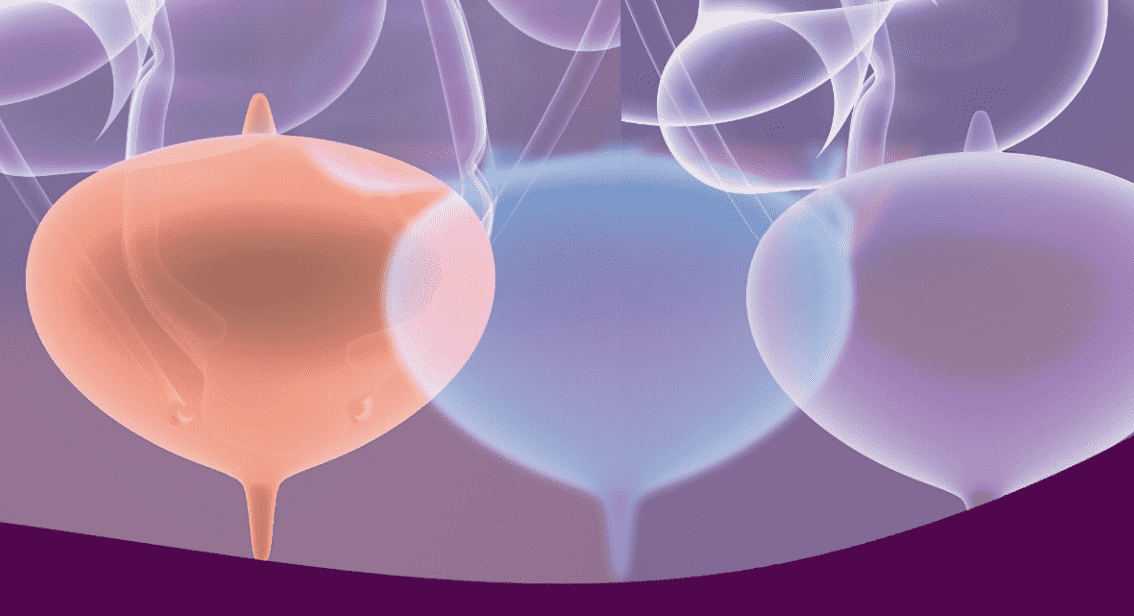Contemporary Management of Renal Trauma
Management Update
Jennifer J ShoobridgeNiall M CorcoranKatherine A MartinJim KoukounarasPeter L RoyceMatthew F Bultitude
In the management of renal trauma, surgical exploration inevitably leads to nephrectomy in all but a few specialized centers. With current management options, the majority of hemodynamically stable patients with renal injuries can be successfully managed nonoperatively. Improved radiographic techniques and the development of a validated renal injury scoring system have led to improved staging of injury severity that is relatively easy to monitor. This article reviews a multidisciplinary approach to facilitate the care of patients with renal injury. [Rev Urol. 2011;13(2):65-72 doi: 10.3909/riu0512] © 2011 MedReviews®, LLC









